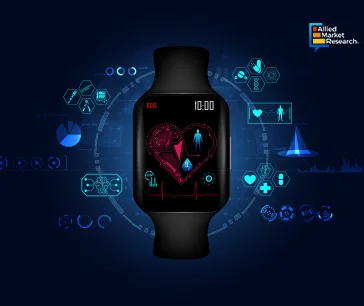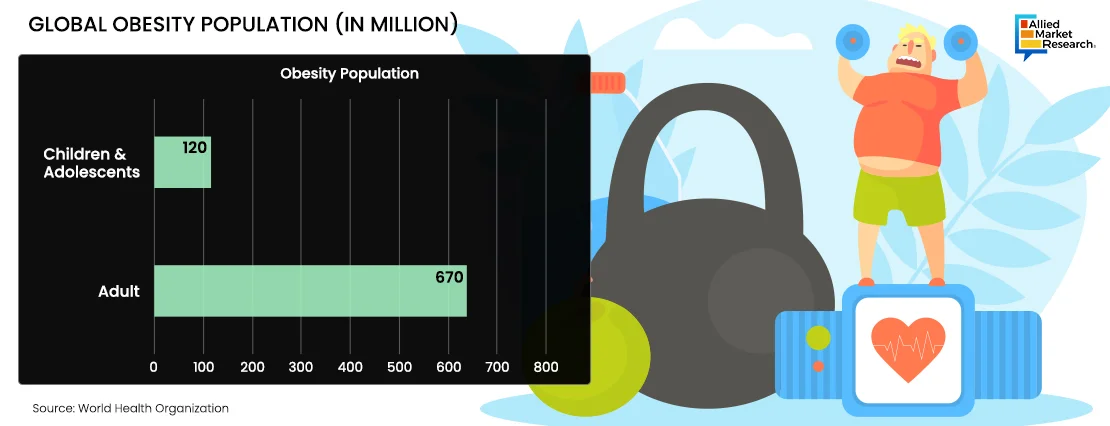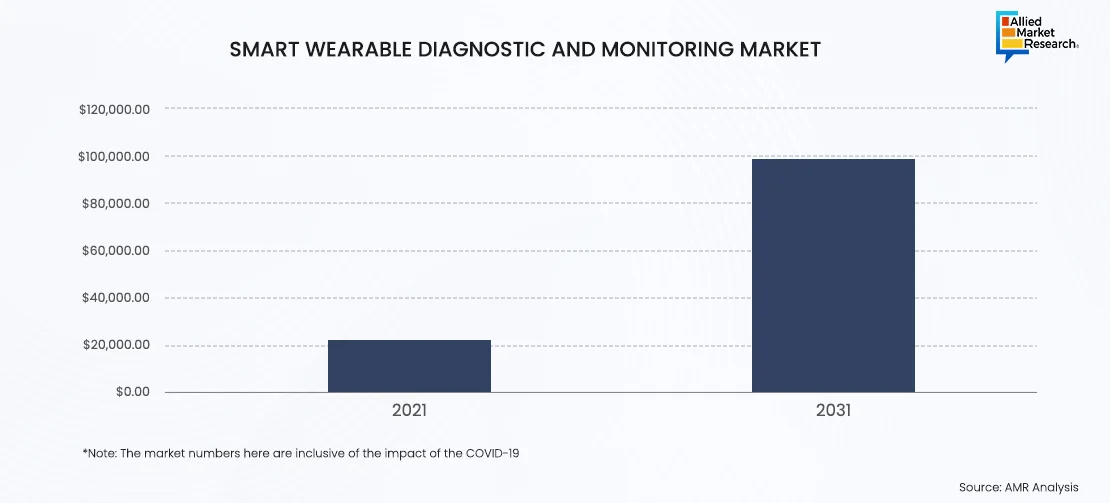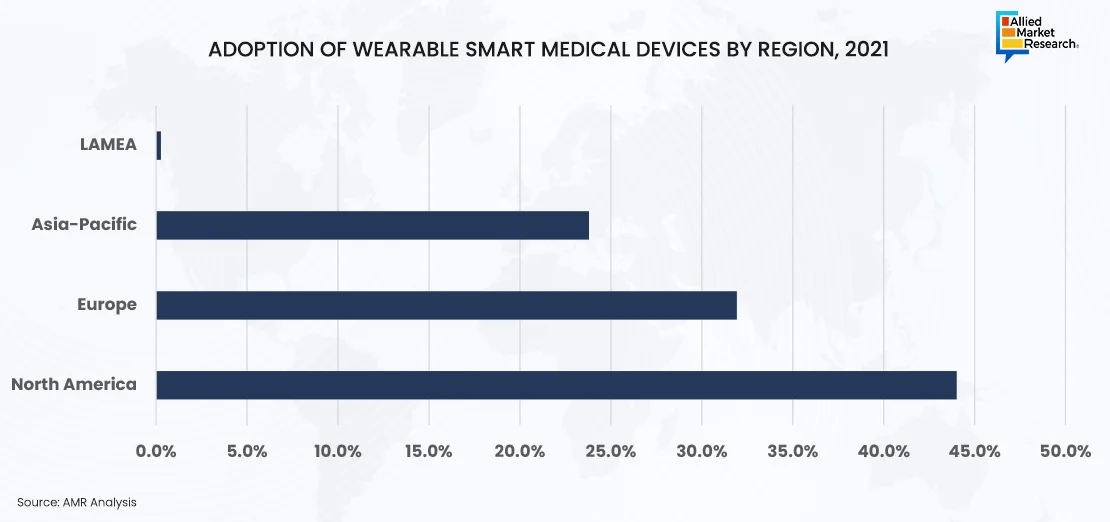Table Of Contents

Roshan Deshmukh

Shraboni Sen
Evolving Landscape of Wearable Medical Devices: From Fitness Trackers to Medical Diagnostics

Wearable medical devices have evolved significantly from simple fitness trackers to advanced diagnostic tools, revolutionizing how an individual monitors and manages health. Fundamentally, these gadgets use sensors to gather information about a range of physiological responses, including blood pressure, heart rate, and degree of activity. After processing and analysis, this data offers real-time insights about a person's health status. The technology offers a wide range of potential use cases, from fitness tracking and chronic disease management to medical diagnostics. In addition, it answers the surge in demand for personalized healthcare solutions. Wearable medical devices are widely used by people especially in the developed and developing regions, which is due to innovations brought in these devices driven by rapid breakthroughs in sensor technology, AI, and data analytics.
Prominent enterprises in this domain are industrial giants such as Apple, Google, Fitbit, and Garmin, in addition to startups concentrated on specialized fields such wearables tailored to specific diseases and remote patient monitoring. However, there are a few restraints that hamper the wearable medical devices industry, including issues with data privacy, interoperability, and regulatory compliance. Electronic health records (EHRs), mobile health apps, and telemedicine platforms are just a few of the current technologies that wearable medical devices interact with to make patient-provider data sharing and collaboration easy.

Advantages in Adoption of Wearable Medical Devices
Medical wearable devices offer several advantages, such as time and money savings on hospital visits, which helps people become more conscious of their health and fitness. Wearable medical devices analyze a patient’s health status and respond quickly to problems by continuously monitoring health parameters. The demand for these smart medical devices is also boosted by the surge in the incidences of chronic diseases such as cardiovascular and metabolic diseases. These types of advantages of wearable medical devices are expected to boost its adoption among patients and fitness enthusiasts.
The increase in the prevalence of chronic diseases aids in the demand for smart medical devices for continuous monitoring. The devices that are available in the market help to monitor body functions such as heart rate, which aids in keeping track of chronic diseases that affect the circulatory system (the heart and blood vessels).
Global Obesity Statistics
According to the World Health Organization, there are almost 800 million obese individuals globally, comprising more than 670 million adults and at least 120 million children & adolescents. This figure is still rising. The WHO forecasts that an additional 167 million adults and children would lose health due to being overweight or obese by 2025. Thus, this kind of increase in the prevalence of chronic disease surges the adoption of wearable medical devices for fitness purposes and helps the market to increase its growth in the forecast years.

Industry Outlook
The market for smart wearable diagnostic and monitoring devices is expected to show tremendous growth between 2021 and 2031. It accounted for $22,499 million in 2021 and is estimated to reach $99,590 million by 2031.

Healthcare devices have become more popular in a variety of circumstances, such as for personal health monitoring, in clinical settings, and for remote patient monitoring. The increase in incidence of chronic illnesses, the need for proactive health management, and technological developments that lower the cost & increase accessibility of devices are some of the trends that accelerate the interest of target population toward adoption of wearable medical devices. With the potential for widespread adoption in sectors including healthcare, wellness, and pharmaceuticals, early adopters include insurance companies, healthcare facilities, and tech-savvy individuals.
Wearable medical technology has a wide range of applications, from personalized treatment suggestions based on real-time health data to early disease detection, such as irregular cardiac activity owing to underlying cardiac diseases. To fully utilize wearable medical technologies, technological developments, effective & secure regulatory frameworks, and resolution of data privacy & security issues are all necessary. Wearable medical technology has a bright future ahead of it, despite risks and difficulties. It has the ability to revolutionize healthcare delivery and enhance patient outcomes globally.

Regional Overview
Owing to its advanced healthcare infrastructure, high disposable income, and the presence of significant key players selling cutting-edge equipment, North America contributed higher revenue in the year 2022. Furthermore, Asia-Pacific is expected to witness a significant increase in revenue during the forecast period owing to an upsurge in target population and high healthcare investments. Further, these regions are distinguished by rapid economic growth and rise in disposable income. The introduction of new products encourages patients and fitness enthusiasts to invest in these medical wearable devices, contributing to market expansion. For instance, in August 2022, the preventive healthcare devices player, GOQii, introduced Smart Vital Ultra and GOQii Stream that enable consumers monitor their vitals with ease. As a result, the above mentioned factors provide various opportunities for the market players.
Transformation in Healthcare Services
In short, the field of wearable medical technology has witnessed a shift in healthcare approach that allows patients to take charge of their health and lets medical professionals give more individualized and effective care. Wearable medical devices might completely change how medical illnesses are monitored, diagnosed, and treated as a result of continuous technological breakthroughs and rise in R&D investments in these healthcare devices. This is projected to eventually improve health outcomes for people across the globe.
For further insights, get in touch with AMR analysts.

